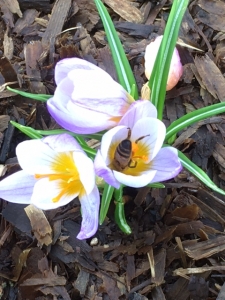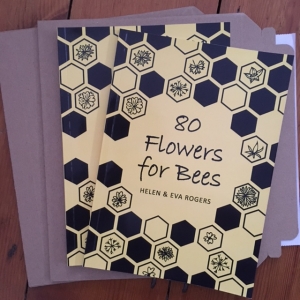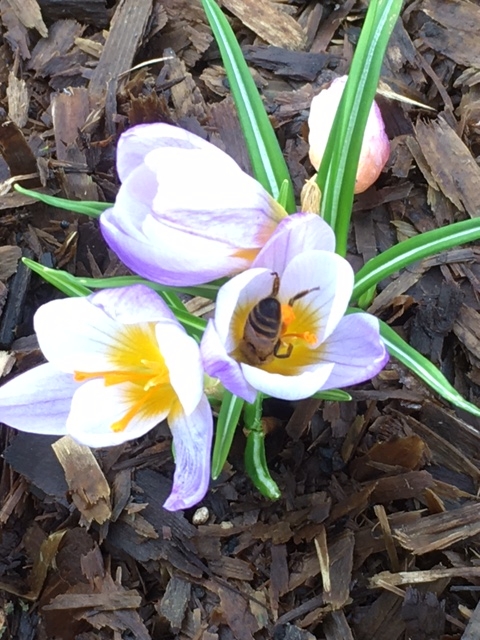Feeding the Bees with Helen Rogers
We thank Helen Rogers of Highgate Honey for bringing you today’s guest blog on Feeding the Bees.

Feeding the Bees.
In the UK we have about 270 different types of bee. Most of these are solitary bees, 27 are bumble bees and we have 1 type of honeybee. The different types of bee are all various shapes and sizes – the biggest are the large furry bumbles and the smallest are similar in size to a grain of rice. Flowers are absolutely essential for the survival of bees. Bees need pollen and nectar for nourishment and to feed to the larvae that develop into adult bees. Plants need bees to pollinate their flowers to produce fruit and seeds. Humans rely on these fruits and seeds to keep our bodies healthy and strong.
Some bees are extremely particular about which flowers they like to forage on. Other bees are physically unable to feed on certain plants – their tongue may be too short to reach where the flower stores the nectar, or their body may be too big to fit inside the flower.
If we want to help Phoebe the Bee and her bee friends to thrive, then it is really important that we plant a good range of different flowers to accommodate as many types of bee as possible, wherever we can. At this time of the year, honeybees and bumblebees are busy collecting pollen from flowers like crocuses and snowdrops. This is the protein needed to raise their brood. Later in the year they require a lot of nectar for energy from flowers like borage and lime trees.

The tricky part for gardeners is picking which plants are going to be the best for bees and will also look good and grow well in a particular garden. We have produced a small book, “80 Flowers for Bees” which is a collaboration between a beekeeper and a horticulturalist to help take the guesswork out of choosing suitable flowers. We’ve put in detailed information about when plants flower, what type of soil they like, how big they grow and why they are good for bees. If you’d like to buy a copy, please head over to our website shop: www.highgatehoney.com/shop
Last autumn we started a project to convert the front lawn at our house into a flower garden for bees. In the past we had let dandelions and clover grow and flower in the grass, but we decided that we could do so much more. Late last year we covered the whole lawn with a layer of card, then a layer of compost. This is a brilliant, chemical free, way of killing the grass. Next we poked holes through the card and planted loads of bulbs which are flowering now. It is exciting to see that bees are already foraging on the flowers that we are growing. In a few weeks time, once the chance of frosts has passed, we will scatter a mix of seeds over the area. We’ve picked seeds that will grow into plants whose flowers bees love – We can’t wait to see the results! We hope that our transformation will inspire other people in the neighbourhood to plant more bee friendly flowers.
If you’d like to follow the progress of our lawn to flower garden project, then please follow us on Instagram (@highgatehoney) and join our Facebook group – Plants that Bees Love.

